When Ferrari dropped the LaFerrari in 2013, it wasn’t just another supercar release—it was a statement. Blending a monstrous V12 engine with hybrid technology, this car pushed the boundaries of what a road-legal hypercar could do. It wasn’t about flashy gimmicks or empty numbers; the LaFerrari delivered real-world speed and precision that earned its place in automotive history. In this article, we’ll break down what makes the LaFerrari tick, from its hybrid powertrain to its track-ready engineering, all driving toward one goal: record-breaking speed.
Track-Ready but Road-Legal
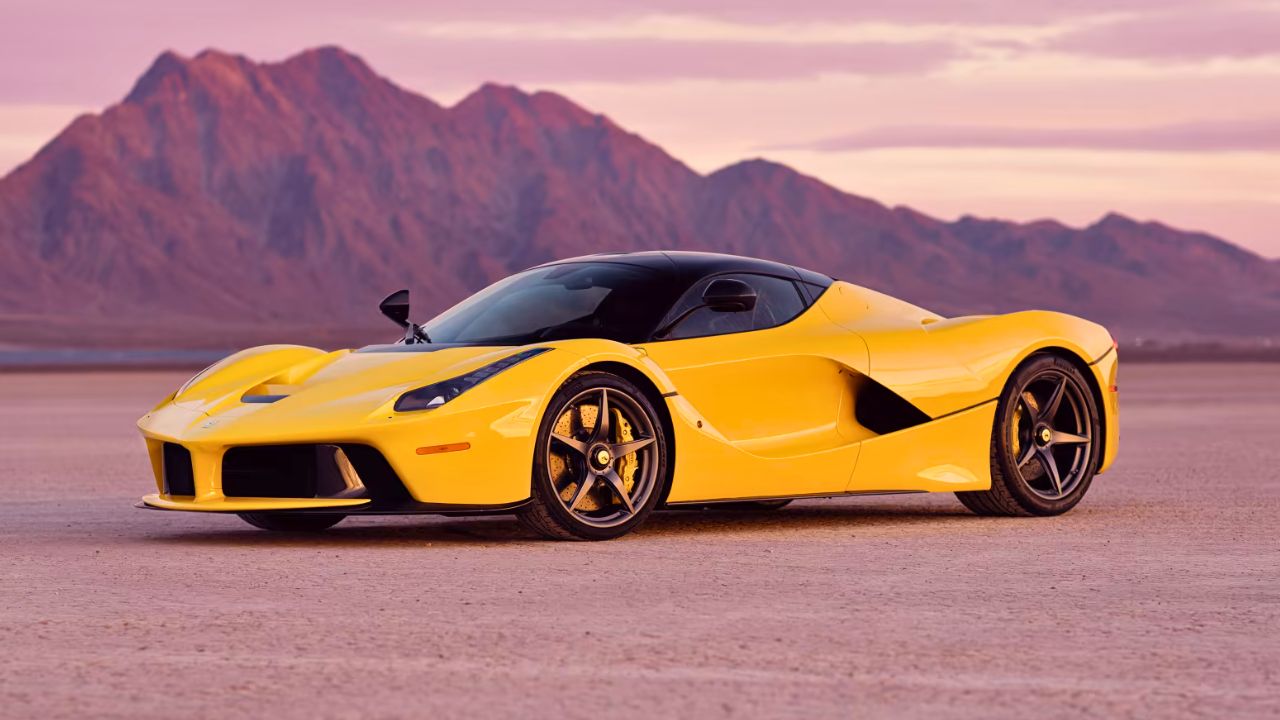
While the LaFerrari is clearly designed with the track in mind, it’s also street legal. That balance isn’t easy — it requires thoughtful engineering to meet regulations without compromising performance.
Features like traction control, adaptive suspension, and hybrid efficiency make it manageable in everyday driving, even if you rarely treat it like anything other than a race car. It shows Ferrari’s ability to blend extreme performance with some degree of daily usability.
Hybrid Powertrain That Packs a Punch
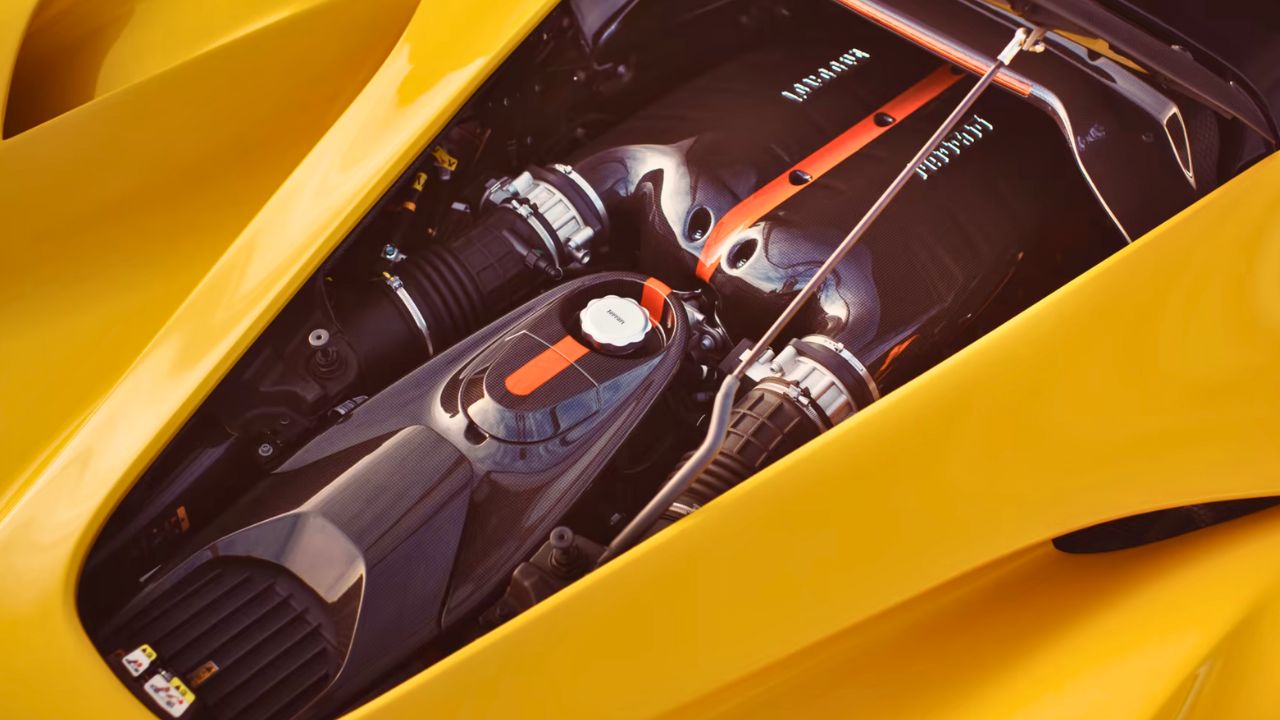
The LaFerrari uses a hybrid setup that combines a 6.3-liter V12 engine with an electric motor. Together, they produce a combined 950 horsepower and 900 Nm of torque. The V12 itself pumps out 789 hp, while the electric motor adds an extra 161 hp, giving this car a unique blend of raw power and electric boost.
This system not only delivers incredible speed but also smooth acceleration from a standstill. The hybrid tech also helps with efficiency and responsiveness, making it feel sharp whether you’re on the track or winding roads. Ferrari took hybrid performance seriously here — no gimmicks, just straight-up speed.
Lightning-Fast Acceleration
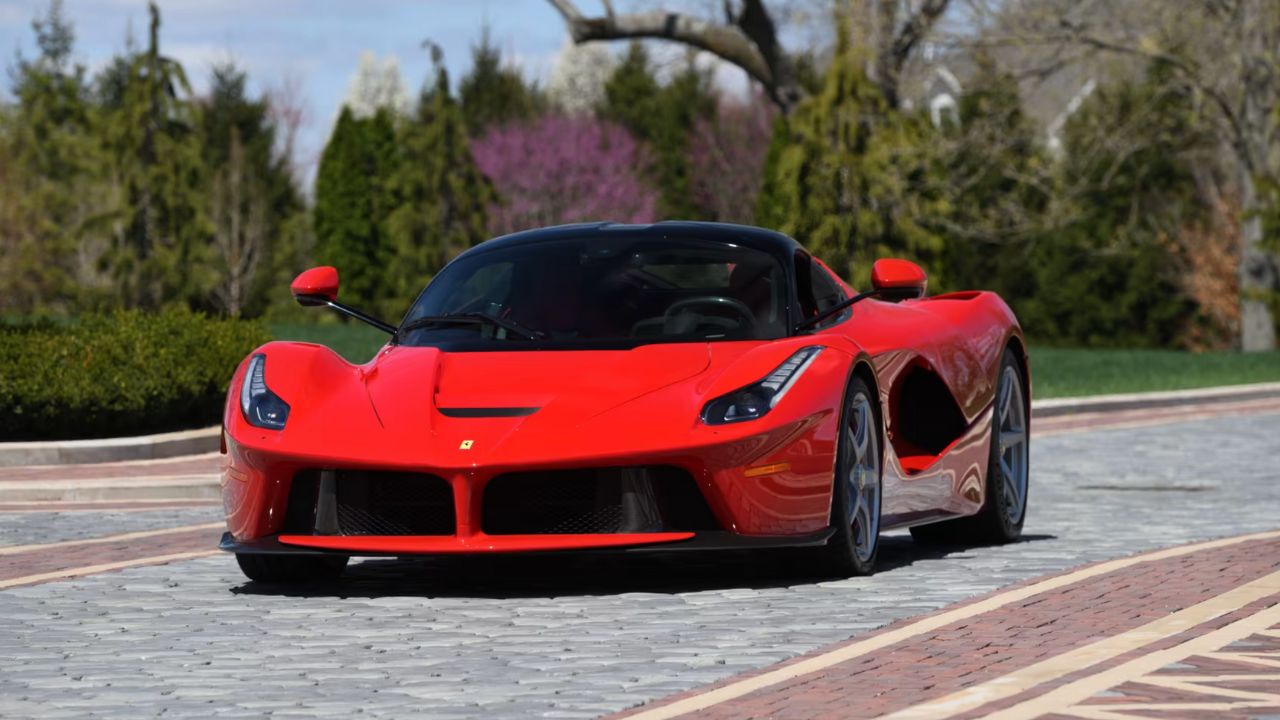
From zero to 60 mph, the LaFerrari hits in about 2.6 seconds. That’s thanks to the immediate torque from the electric motor paired with the V12’s raw grunt. The hybrid powertrain eliminates any lag, so you get power right when you want it.
Top speed is over 217 mph, putting the LaFerrari in supercar territory for sure. What stands out is how this acceleration feels smooth yet brutal — like a controlled explosion. It’s not just about straight-line speed; it’s how quickly and cleanly the car responds that sets it apart.
Aerodynamics Designed to Perform
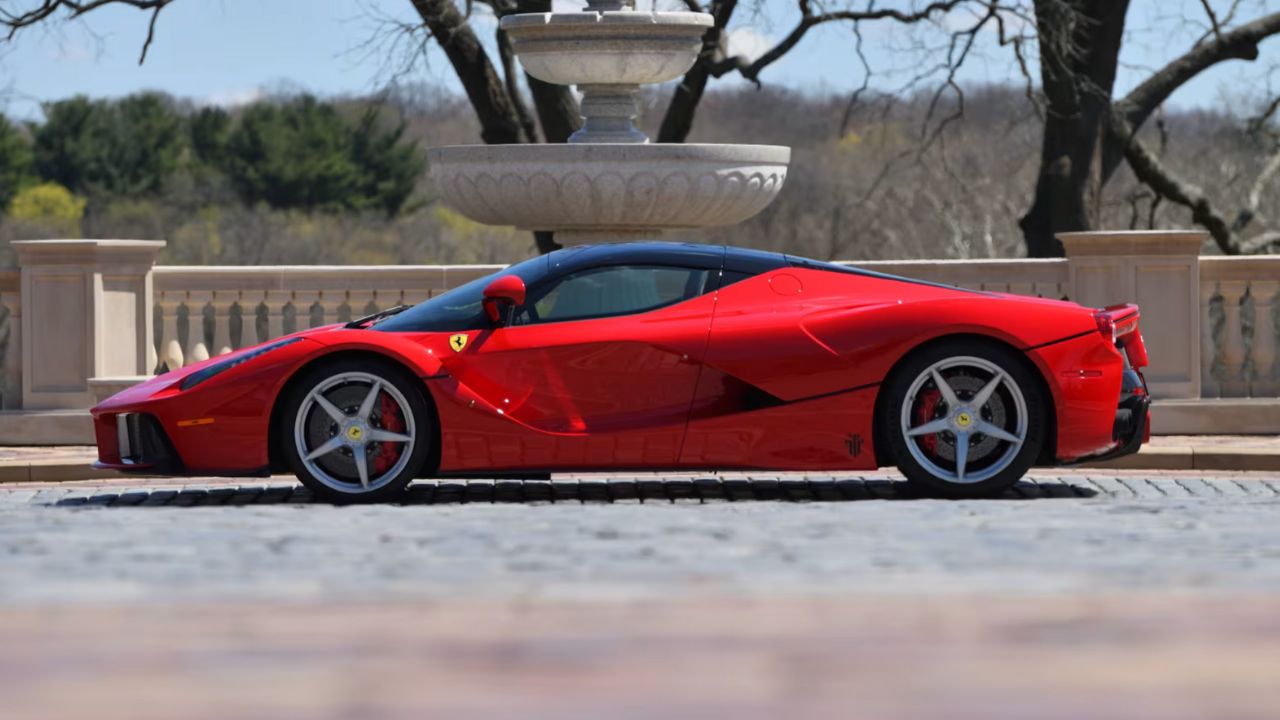
The bodywork isn’t just for looks — every curve and vent serves a purpose. Ferrari worked with their wind tunnel and F1 engineers to develop active aerodynamics. The front flaps and rear wing adjust on the fly to maximize downforce or reduce drag depending on speed and driving mode.
This means better grip in corners and more stability at high speed. The car adjusts itself dynamically, so you barely notice but always feel the difference. It’s a smart way to make a car fast without compromising comfort or control.
Chassis and Suspension Setup

The LaFerrari’s chassis is a carbon fiber monocoque that keeps things lightweight but incredibly stiff. That rigidity translates to sharp handling and precise feedback through the wheel. The suspension uses double wishbones up front and a multi-link setup in the rear with adaptive dampers that react instantly.
This setup allows the car to stay planted on aggressive turns while still absorbing bumps when you’re cruising. It’s a balance of performance and usability that not many cars manage, especially at this level of speed.
Interior: Minimalist with Focus

Step inside, and you’ll find the cabin stripped of anything unnecessary. The dashboard centers around a digital cluster that shows all essential info clearly. The steering wheel borrows from Ferrari’s race cars with integrated controls and paddles for quick shifting.
Seats are sculpted and supportive, designed to hold you firmly in place at high speeds but still comfortable enough for longer drives. Materials like Alcantara and carbon fiber give it a purposeful feel without flashy distractions. It’s about function first — everything you need, nothing you don’t.
Carbon-Ceramic Brakes for Stopping Power
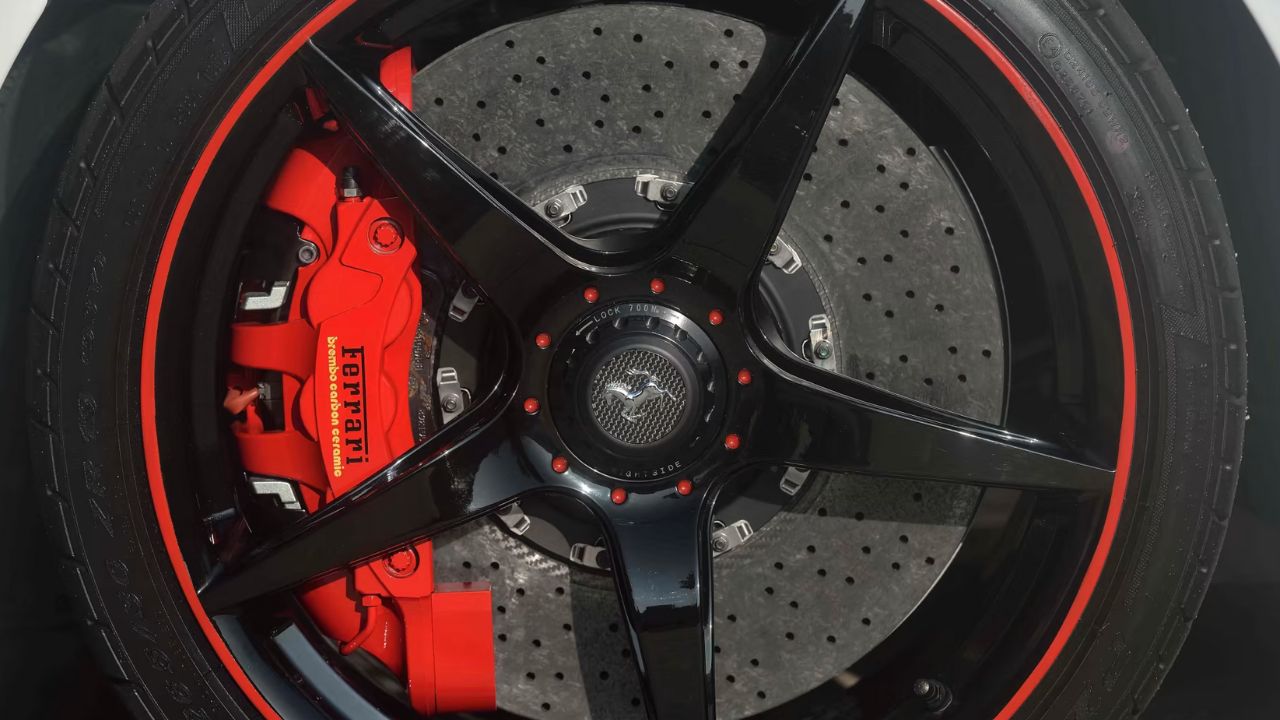
Stopping 950 horsepower requires serious brakes, and the LaFerrari delivers with carbon-ceramic discs all around. These brakes offer exceptional fade resistance even under repeated heavy use. The ABS and electronic stability systems work seamlessly to keep braking smooth and predictable.
This braking setup lets you trust the car’s speed, knowing it can slow down just as aggressively. It’s an important part of the overall package that balances speed with control, something Ferrari clearly prioritized.
Transmission and Gear Shifts

The LaFerrari uses a 7-speed dual-clutch automated manual transmission. Shifts happen incredibly fast, often in milliseconds, giving the driver nearly uninterrupted acceleration. Paddle shifters on the wheel allow quick gear changes without taking hands off.
The gearbox is tuned to handle the torque from both the V12 and electric motor, ensuring smooth transitions between power sources. This seamless integration is part of what makes the driving experience feel both effortless and engaging.
Limited Production and Exclusivity
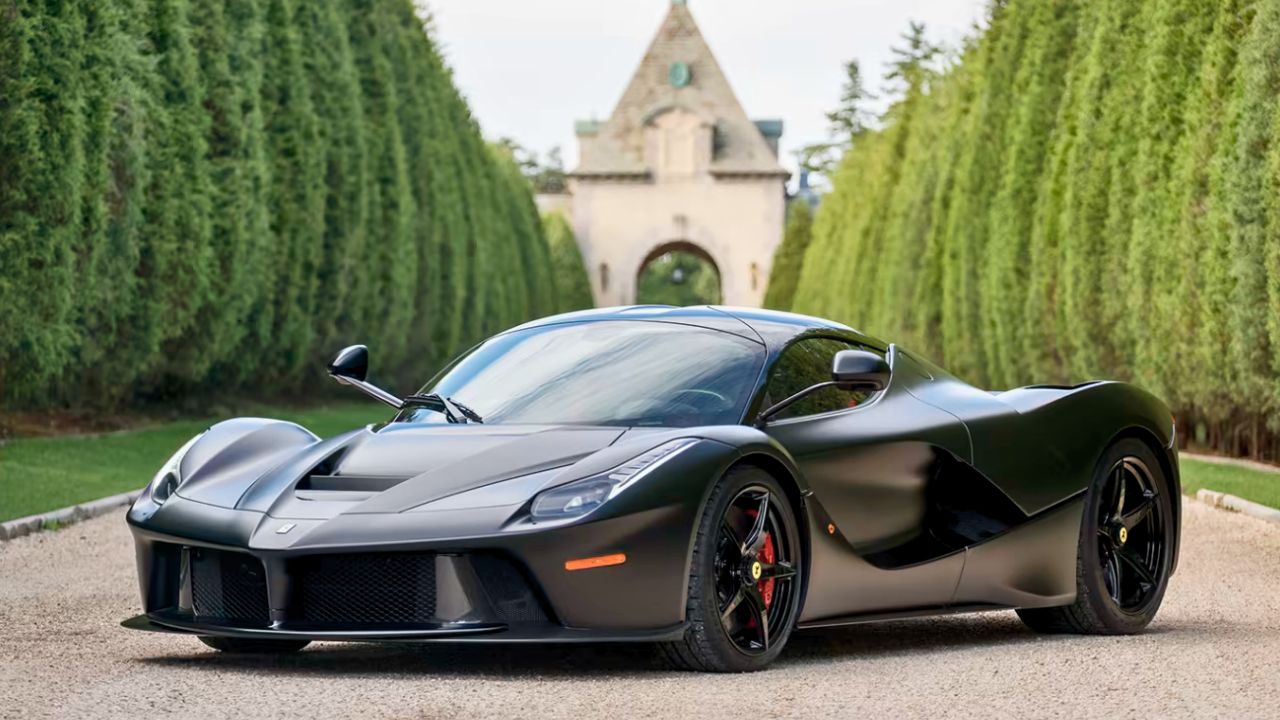
Ferrari built just 499 units of the LaFerrari coupe and 210 of the Aperta convertible. This limited run keeps the car exclusive but also means it’s a highly sought-after piece for collectors and enthusiasts alike.
Every car was reportedly sold before production even began, a sign of its reputation and appeal. Ferrari’s decision to keep numbers low helps maintain the car’s value and mystique over time.
Legacy and Impact on Future Models
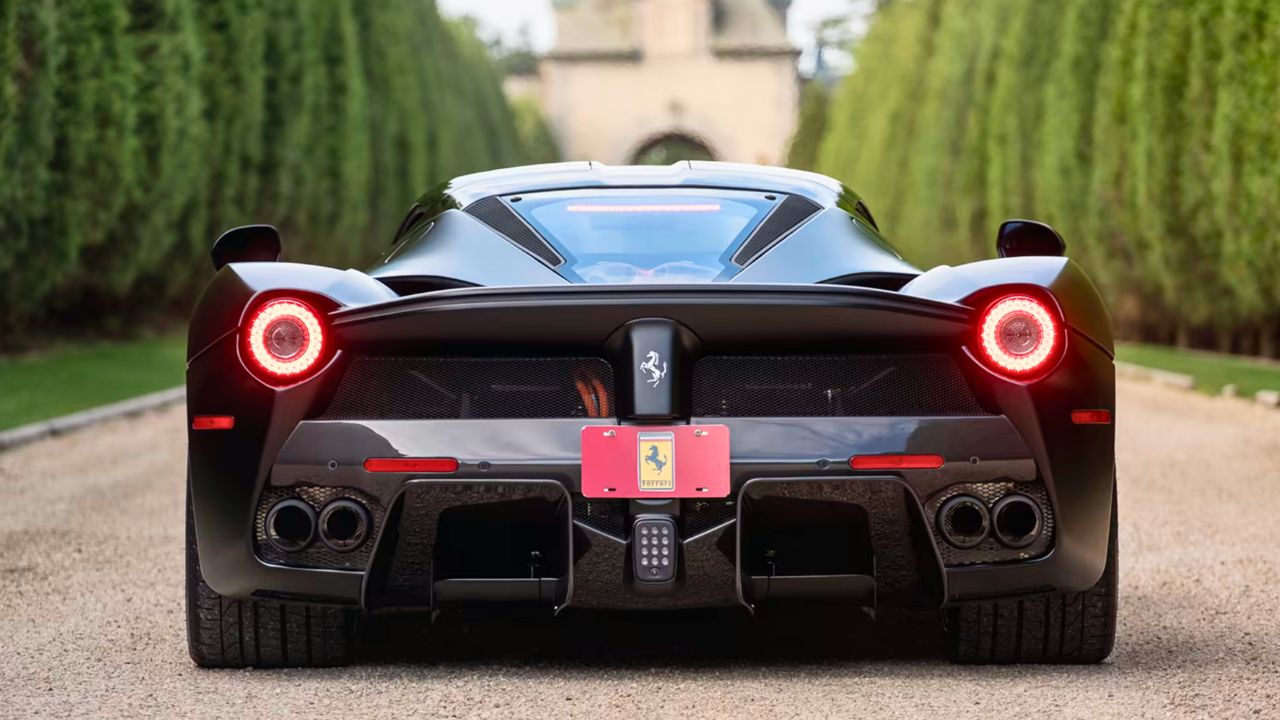
The LaFerrari set a new standard for hybrid hypercars when it launched in 2013. Its blend of naturally aspirated V12 power and electric assistance influenced both Ferrari and other manufacturers to rethink performance.
It paved the way for future models like the SF90 Stradale, which pushes hybrid tech even further. The LaFerrari remains a key milestone in Ferrari’s history and a reference point for hybrid supercars today.
Like what you read? Here’s more by us:
*Created with AI assistance and editor review.

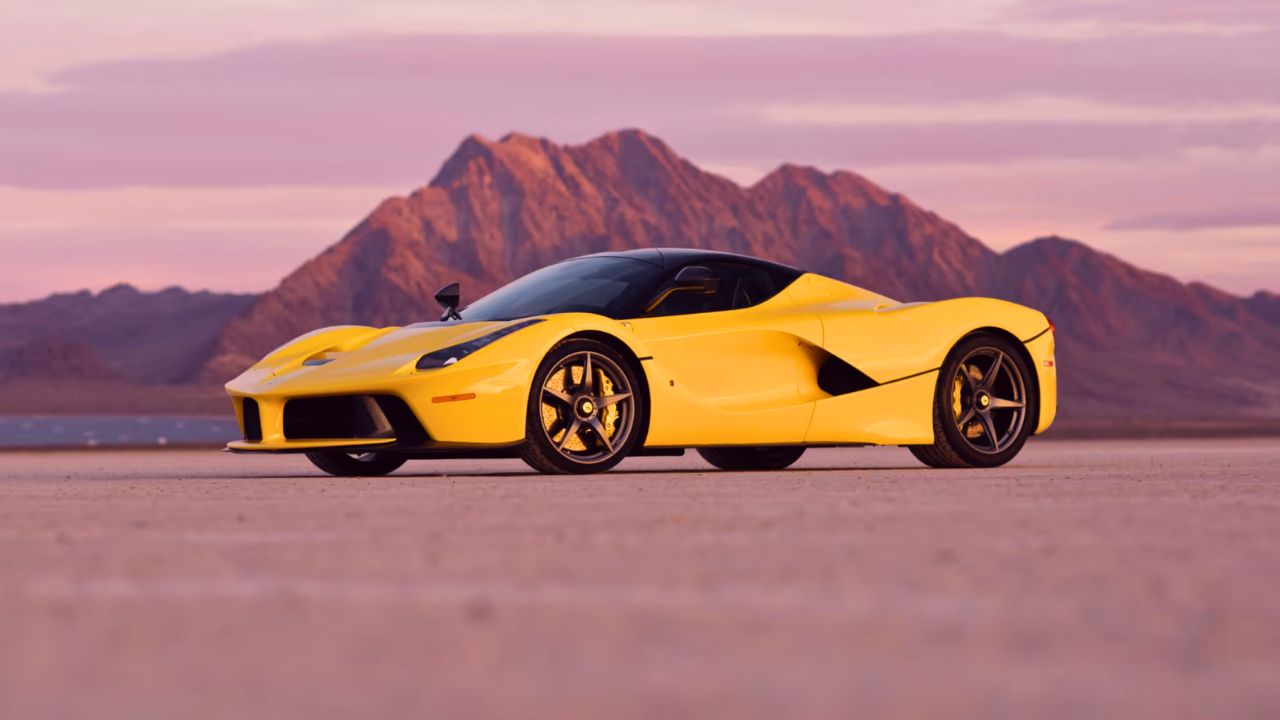
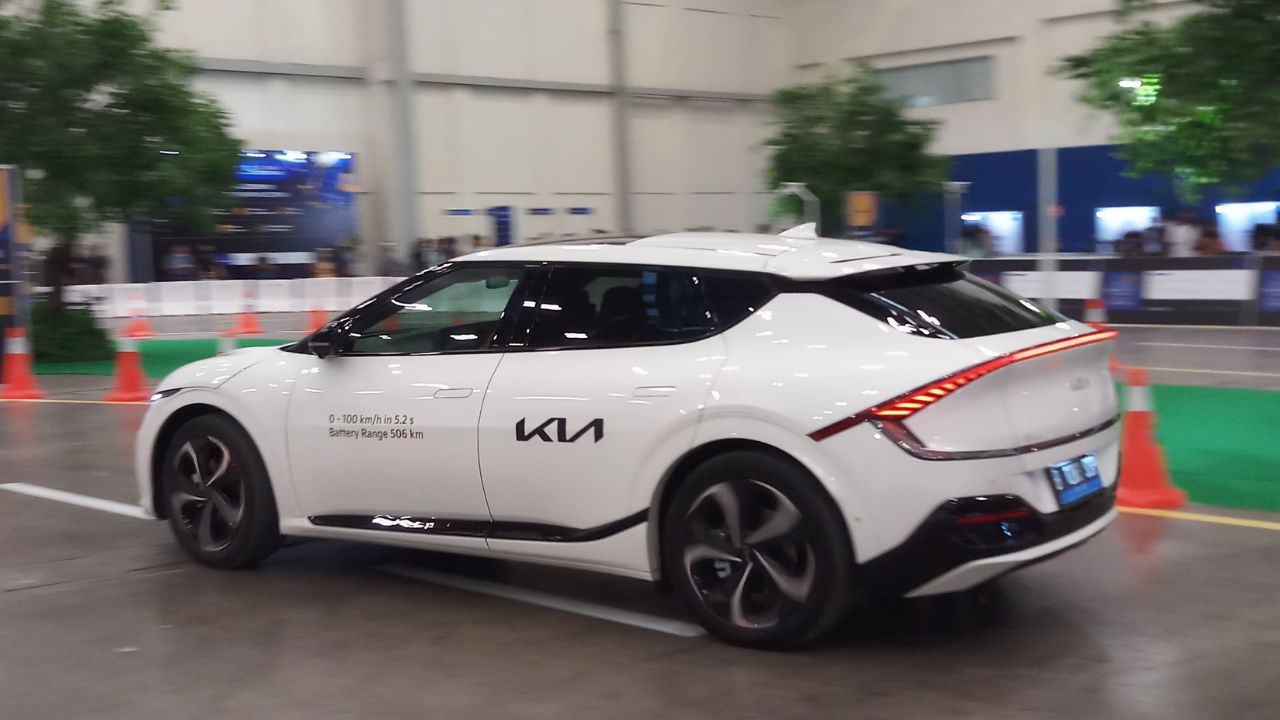



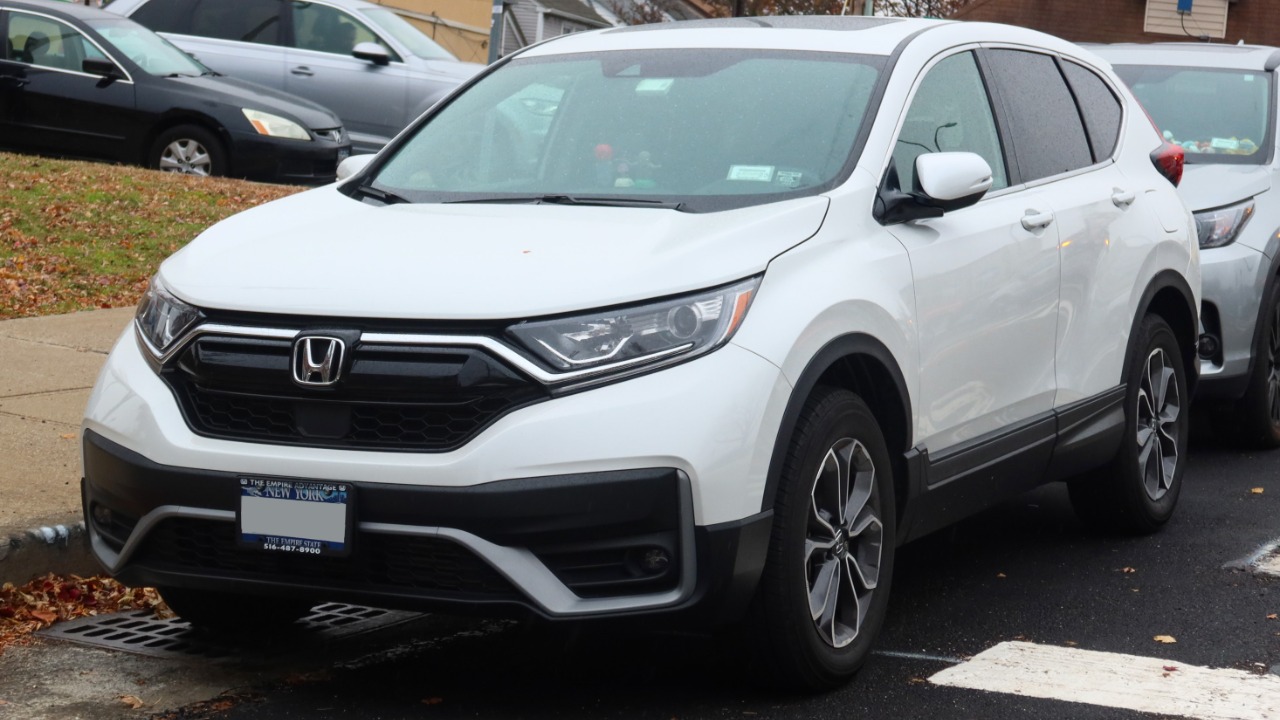
Leave a Reply